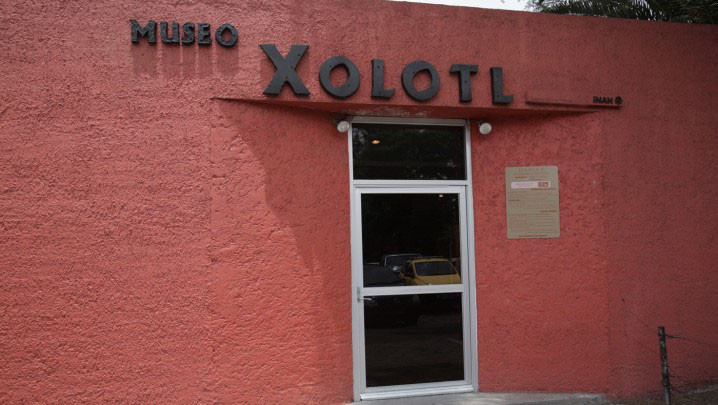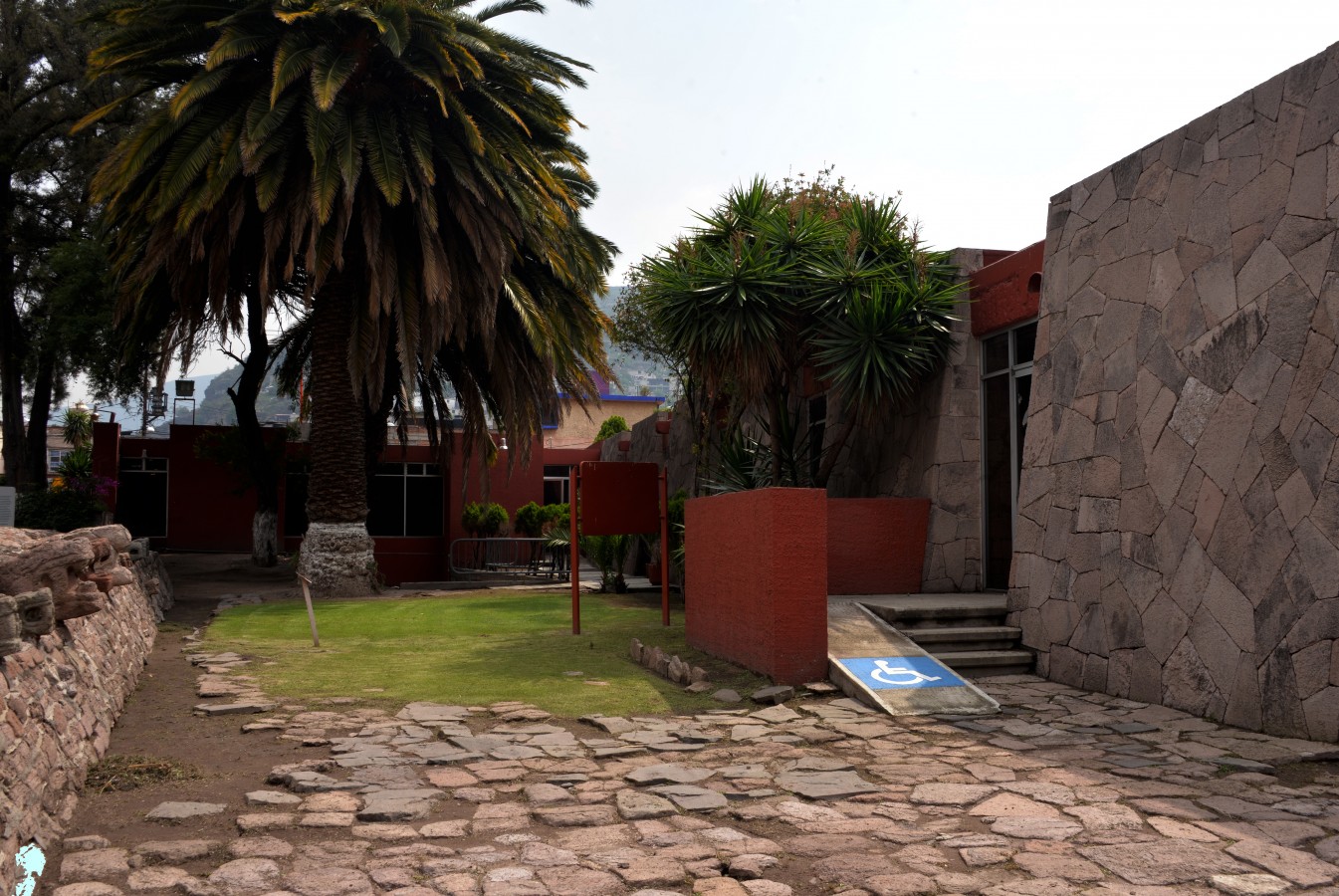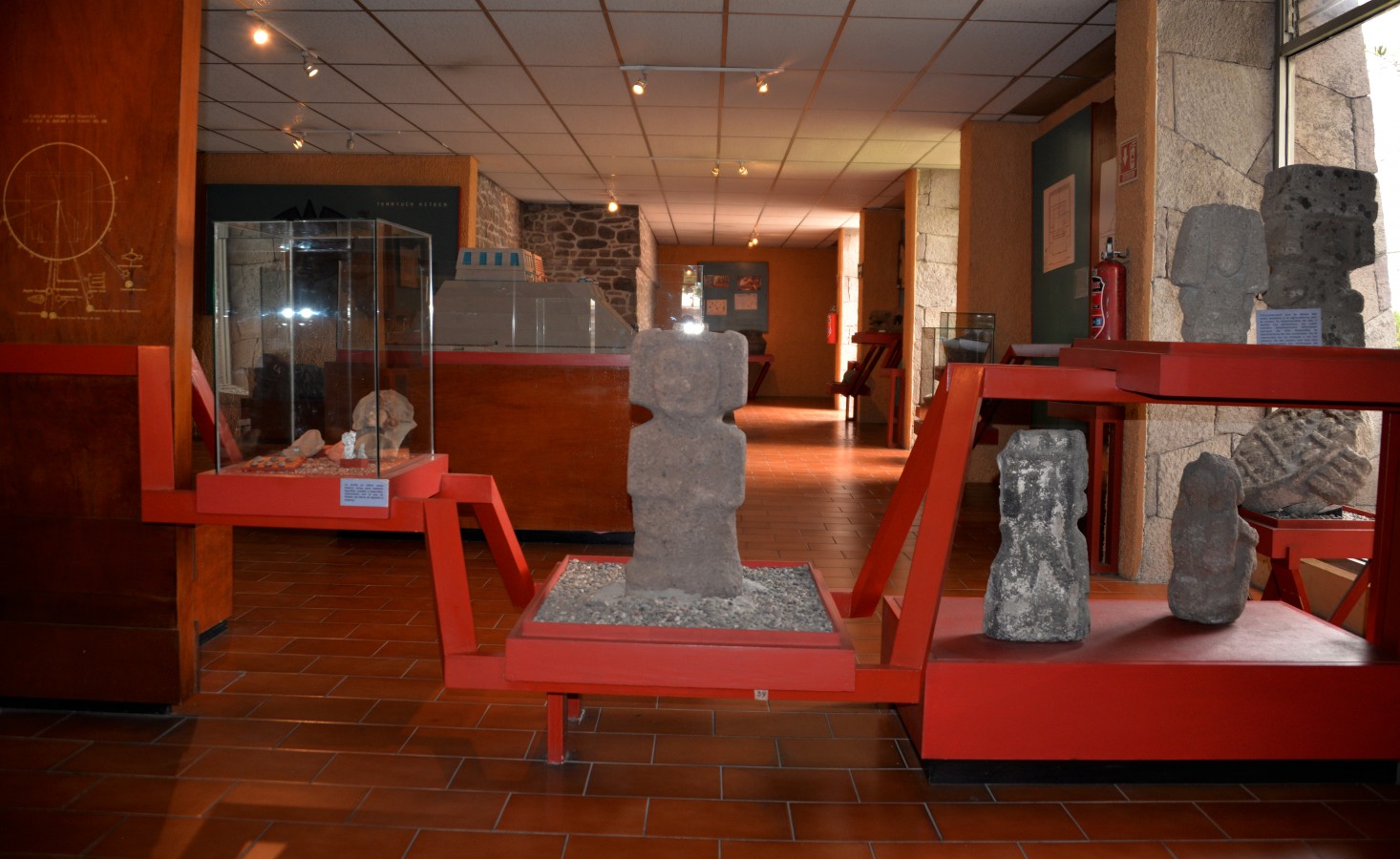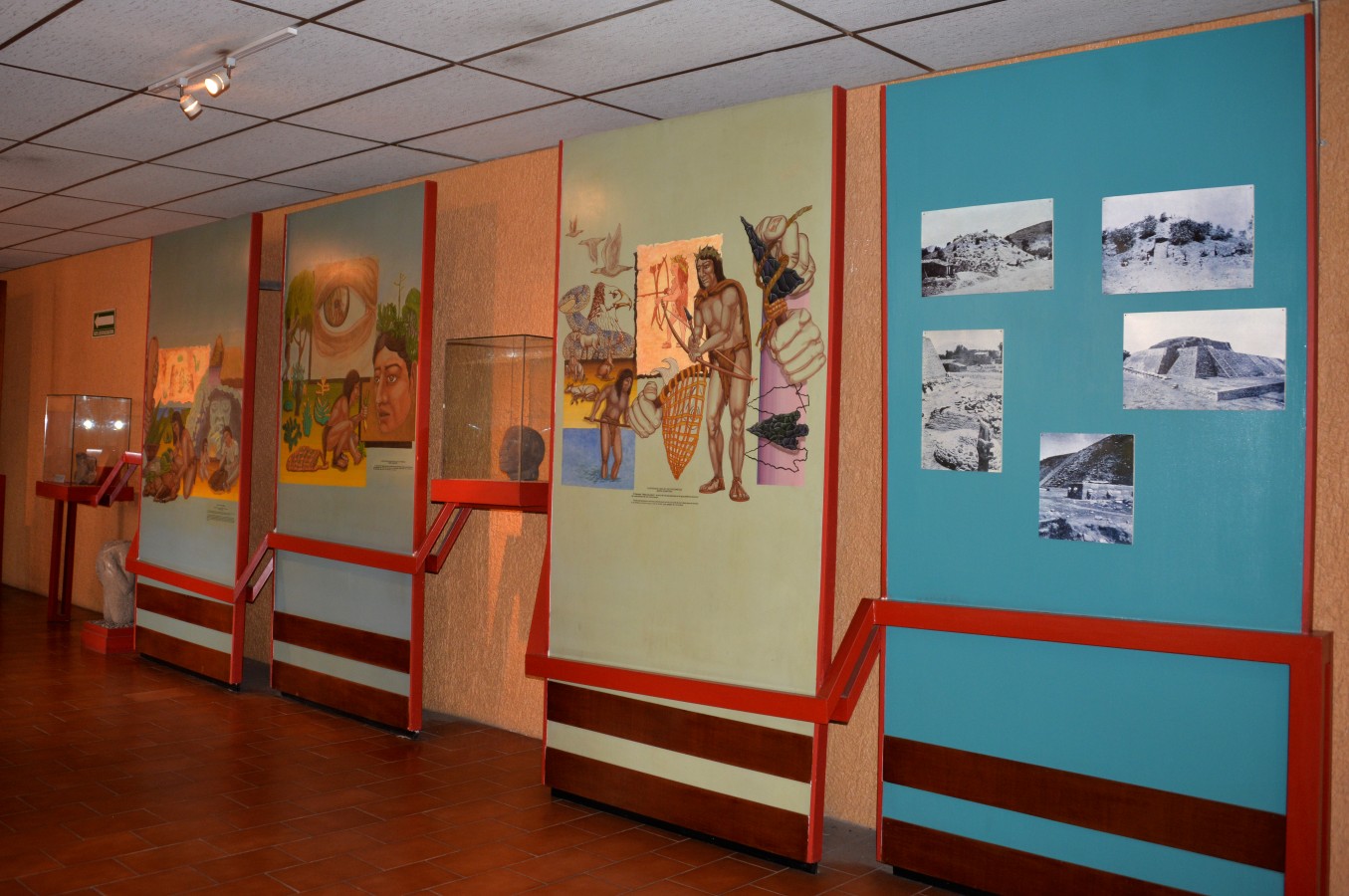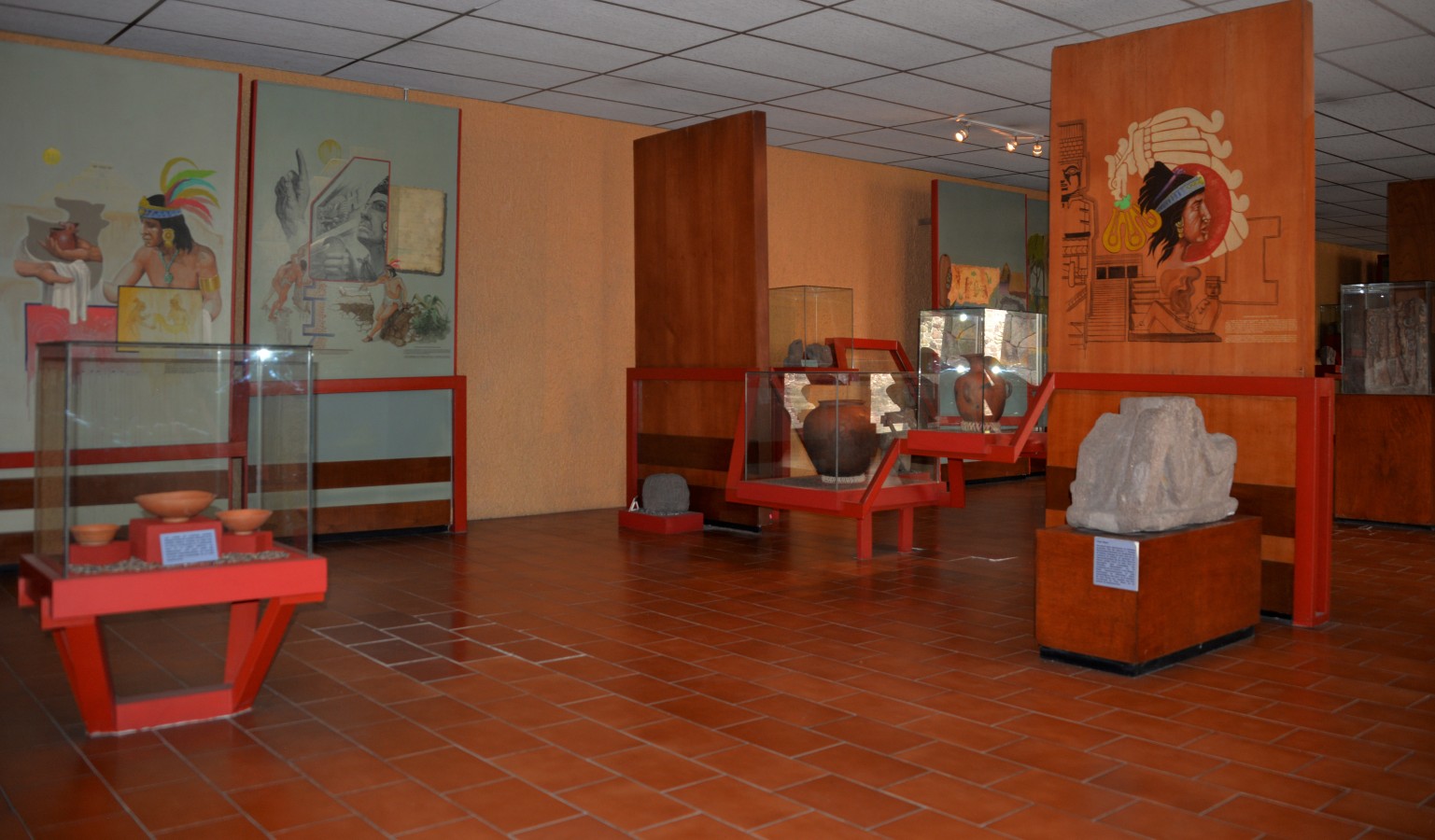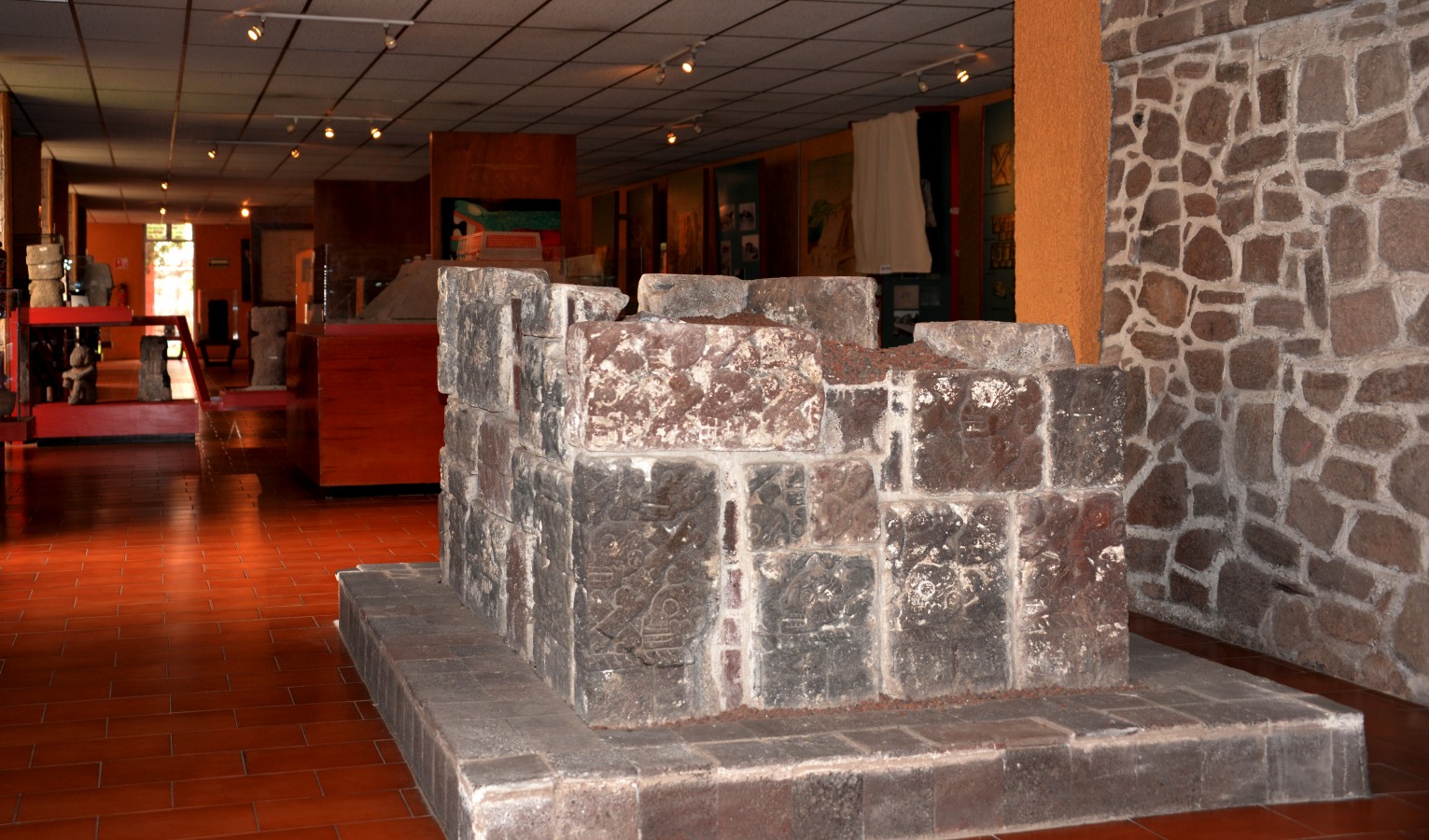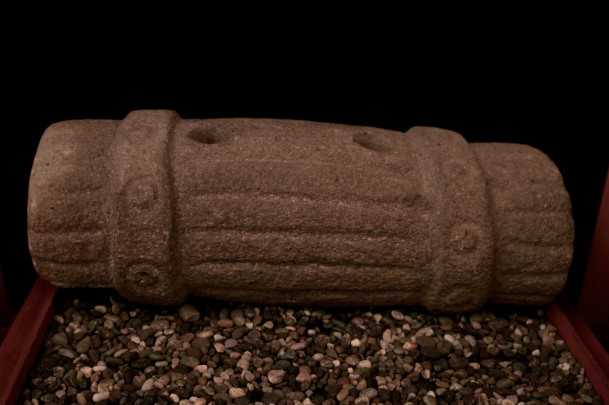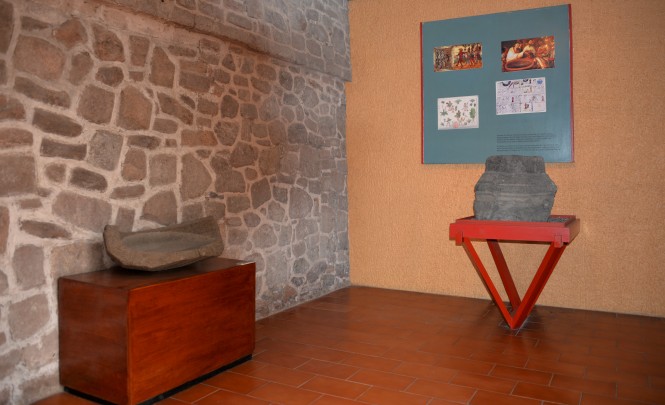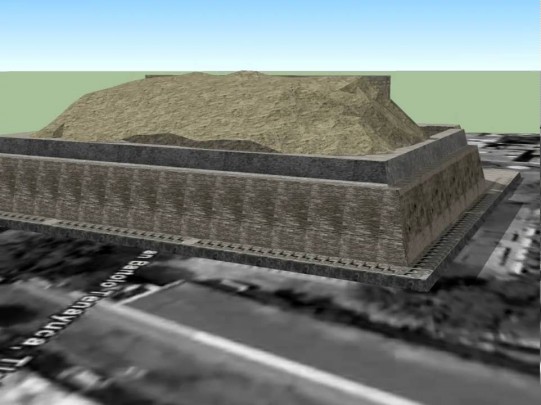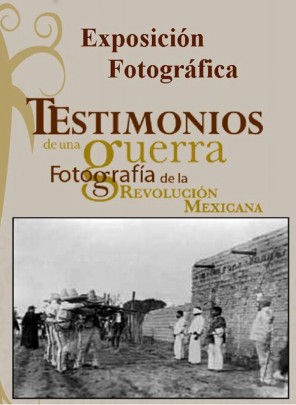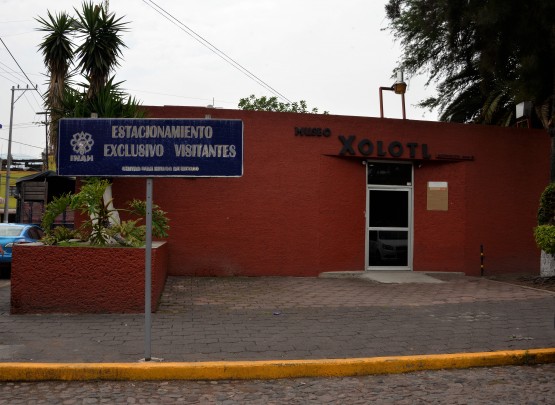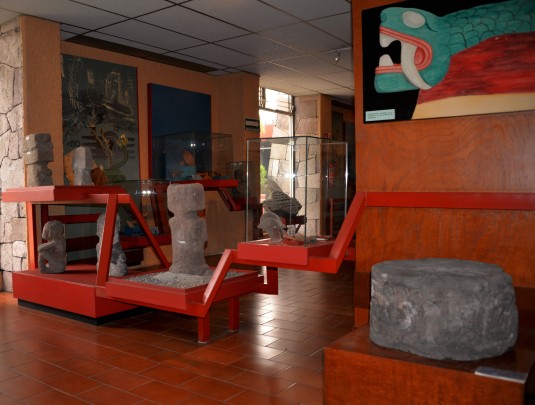Museo de Sitio Xólotl
The first Chichimec city in the Valley of Mexico, before they settled in Texcoco. An impressive pyramid has two temples on the top dedicated to Tlaloc and Huitzilopochtli, inspired by the great Teocalli of Tenochtitlan. The museum reconstructs the city and narrates its history from the twelfth century A.D.
About the museum
The Xolotl site museum is on the Tenayuca archeological site. Its collection illustrates the history of the north of the basin of Mexico from the Preclassic to the viceregal period.
When the excavations of the ceremonial center of Tenayuca concluded in 1930, a small museum was built with illustrations, plans and a model to explain the building stages and architectural characteristics of the recently discovered monument to visitors. Sculptures and vessels found during the excavations were also displayed.
In the 1980s a larger space was built to update the information and a new exhibition covering the pre-Hispanic and viceregal periods was set up. The collection covers the Preclassic, Classic and Postclassic periods. The majority of the space is dedicated to this latter period, since this was when Tenayuca reached its peak. The exhibition ends with a short explanation of the viceregal period, including pieces representative of the period.
The museum has a permanent exhibition gallery as well as an audio-visual space with daily screenings of a documentary in Spanish on the search for Tenayuca’s past, which brings together the story of the pre-Hispanic settlement and of the excavations which began in 1925.
The collections feature pieces found when the archeological monuments of Tenayuca were excavated, with pieces from other sites providing additional material on the historical development of the settlements of the basin of Mexico. There are Preclassic period figurines, vessels from Teotihuacan, earthenware pots and drinking vessels from the Postclassic, anthropomorphic and zoomorphic sculptures representing deities, as well as symbolic elements such as chimallis or shields, a zacatapalloli or representation of a bale of hay and a xiuhmopilli, or the binding of the years. One of the highlights of the Xolotl Museum is its collection of paintings recreating scenes from daily life.
When the excavations of the ceremonial center of Tenayuca concluded in 1930, a small museum was built with illustrations, plans and a model to explain the building stages and architectural characteristics of the recently discovered monument to visitors. Sculptures and vessels found during the excavations were also displayed.
In the 1980s a larger space was built to update the information and a new exhibition covering the pre-Hispanic and viceregal periods was set up. The collection covers the Preclassic, Classic and Postclassic periods. The majority of the space is dedicated to this latter period, since this was when Tenayuca reached its peak. The exhibition ends with a short explanation of the viceregal period, including pieces representative of the period.
The museum has a permanent exhibition gallery as well as an audio-visual space with daily screenings of a documentary in Spanish on the search for Tenayuca’s past, which brings together the story of the pre-Hispanic settlement and of the excavations which began in 1925.
The collections feature pieces found when the archeological monuments of Tenayuca were excavated, with pieces from other sites providing additional material on the historical development of the settlements of the basin of Mexico. There are Preclassic period figurines, vessels from Teotihuacan, earthenware pots and drinking vessels from the Postclassic, anthropomorphic and zoomorphic sculptures representing deities, as well as symbolic elements such as chimallis or shields, a zacatapalloli or representation of a bale of hay and a xiuhmopilli, or the binding of the years. One of the highlights of the Xolotl Museum is its collection of paintings recreating scenes from daily life.
An expert point of view
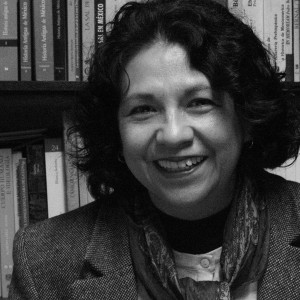
Beatriz Zúñiga Bárcenas
Centro INAH Estado de México
Practical information
Tuesday to Sunday from 10:00 to 16:00 hrs.
Included in the entrance to the Archeological Site
Calle Quetzalcóatl s/n, San Bartolo Tenayuca, 54150, Tenayuca, Tlalnepantla de Baz, México.
In Mexico City, take Calzada Vallejo (Eje 1 Poniente) to its northern end, passing Río de los Remedios. Another option is to travel along Eje Central to Tenayuca Avenue, and turn north on Cuauhtémoc Street.
Services
-
+52 (55) 5388 6191
-
This email address is being protected from spambots. You need JavaScript enabled to view it.
Directory
Responsable del museo
Francisco Osorio Dávila
This email address is being protected from spambots. You need JavaScript enabled to view it. / This email address is being protected from spambots. You need JavaScript enabled to view it.
01 (55) 5391 0780

